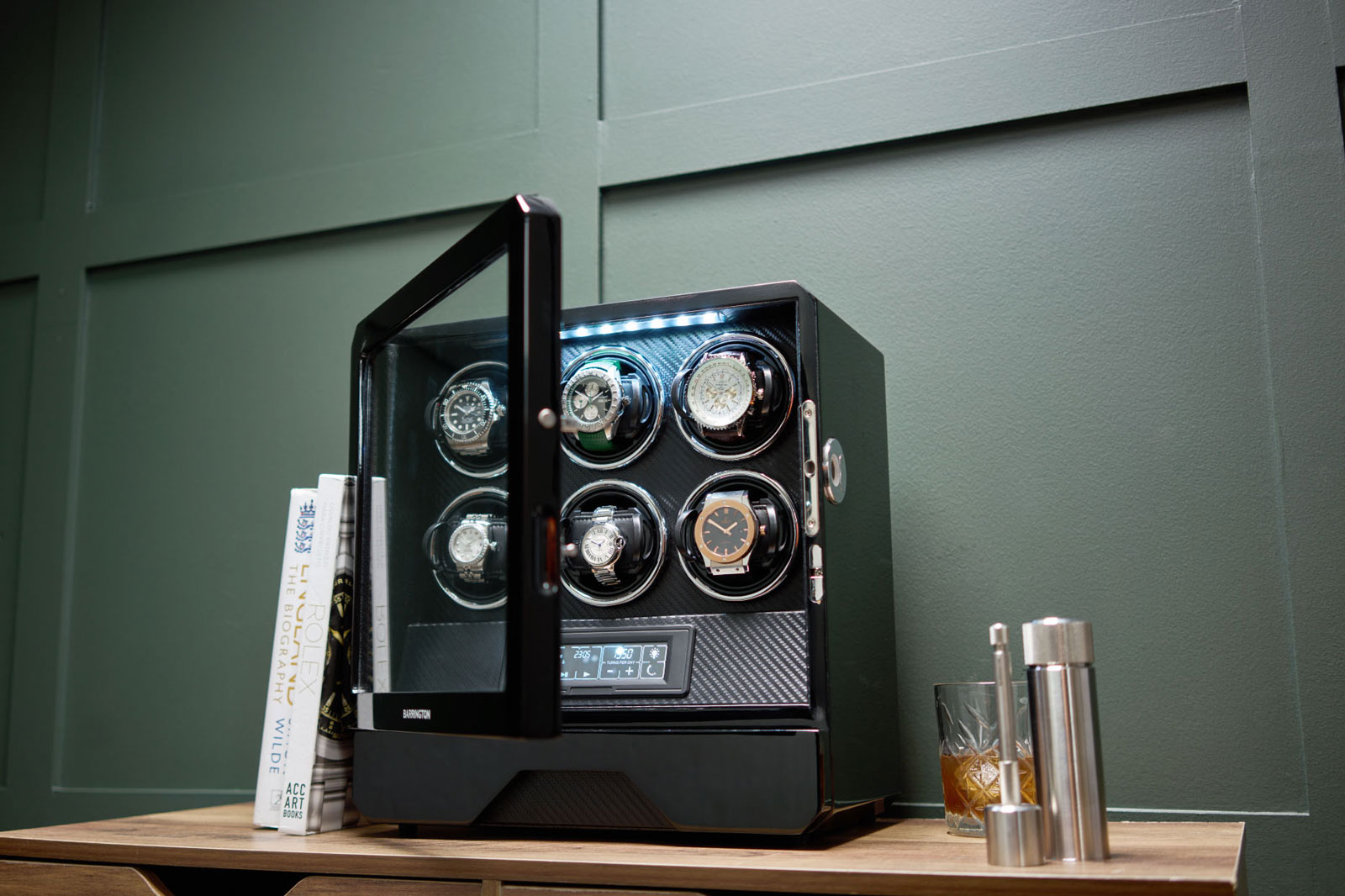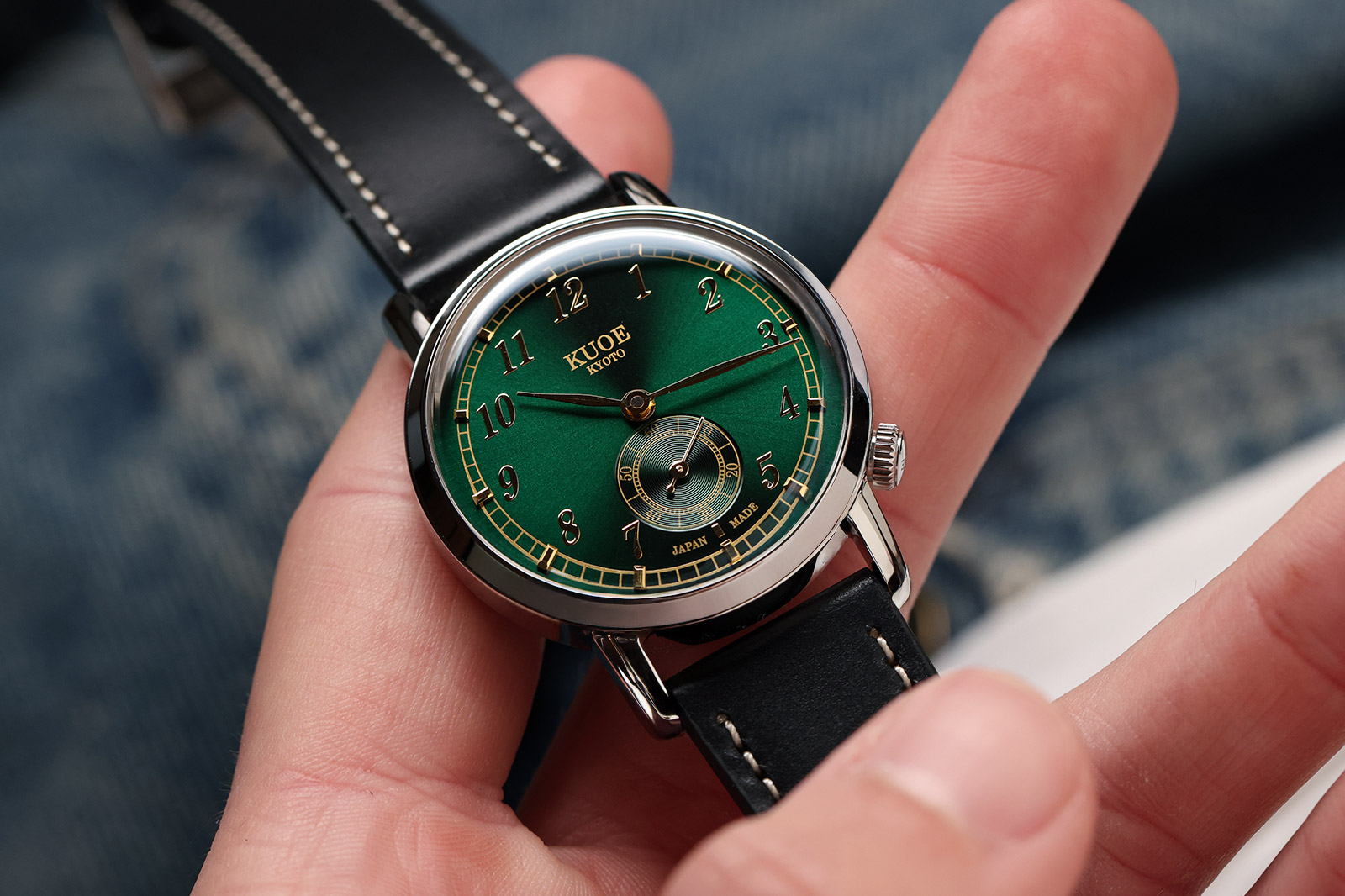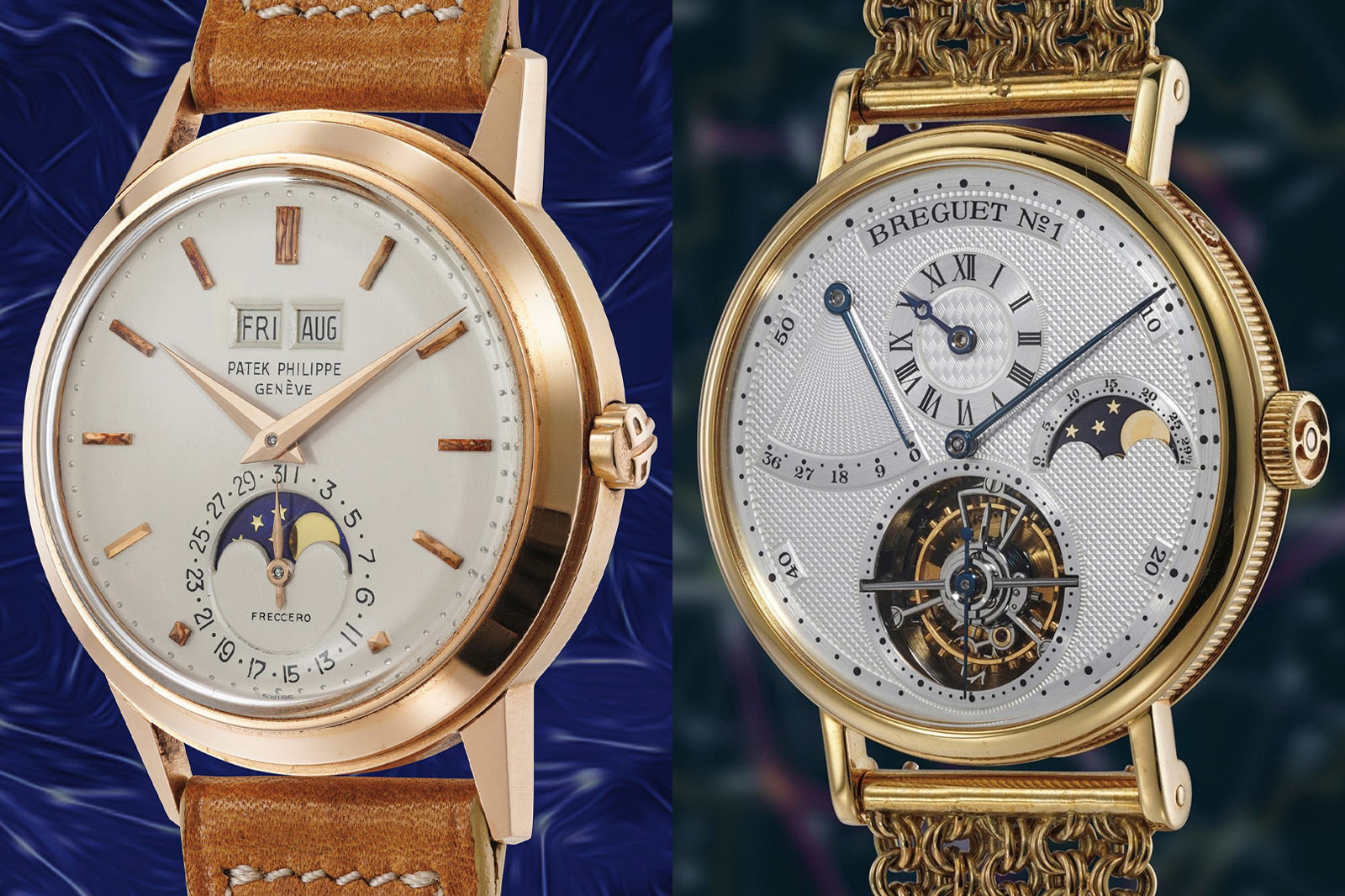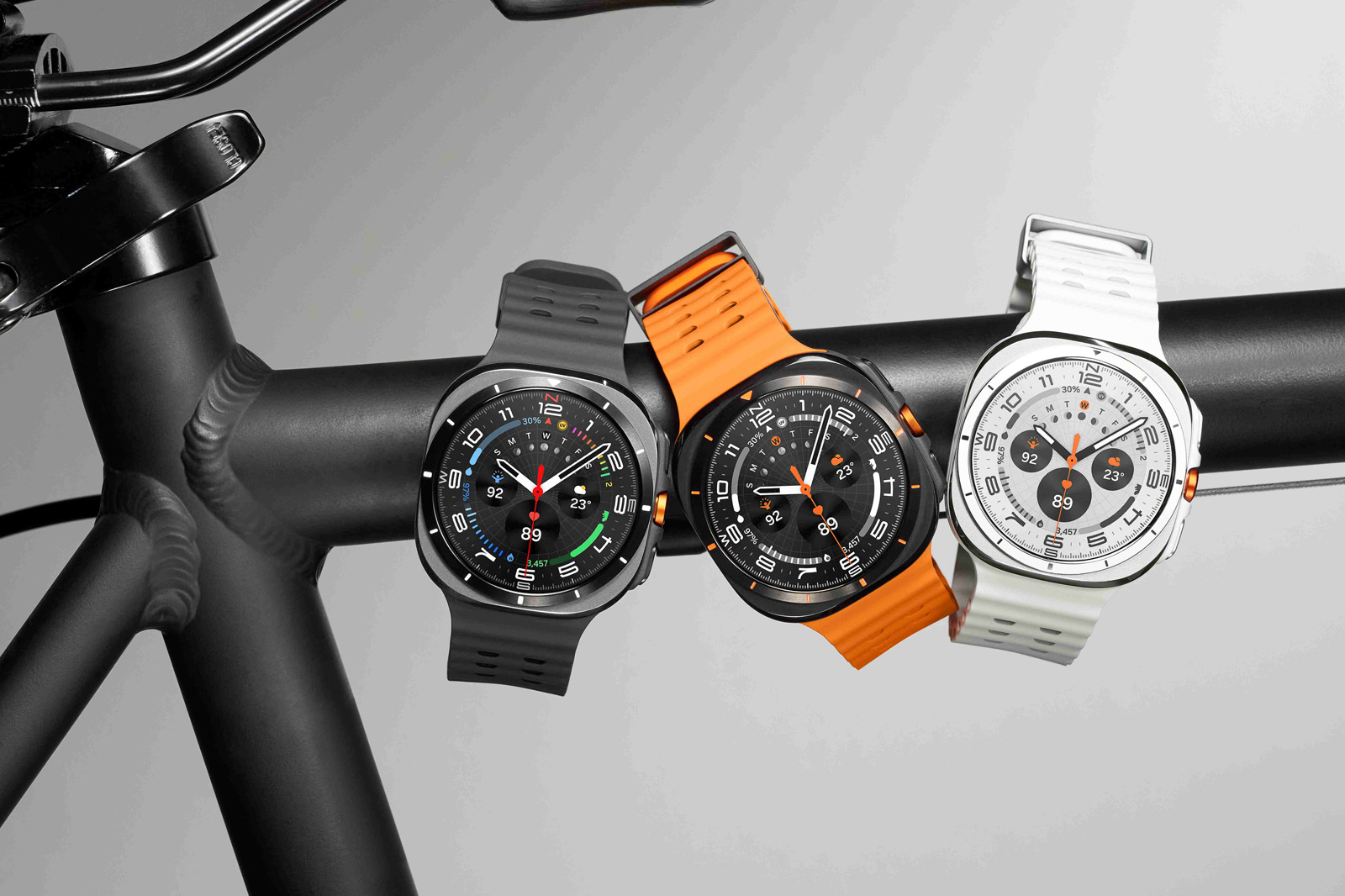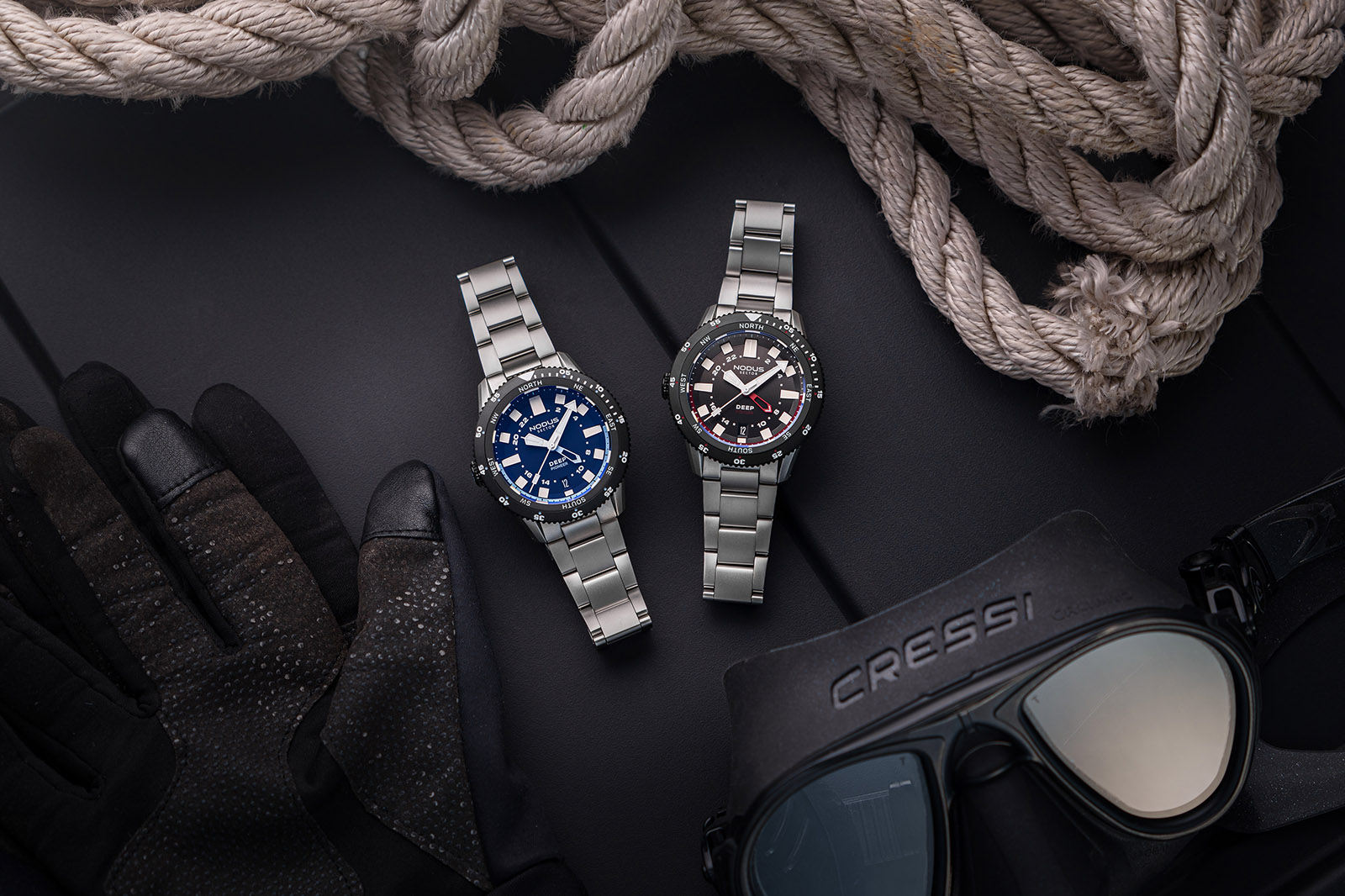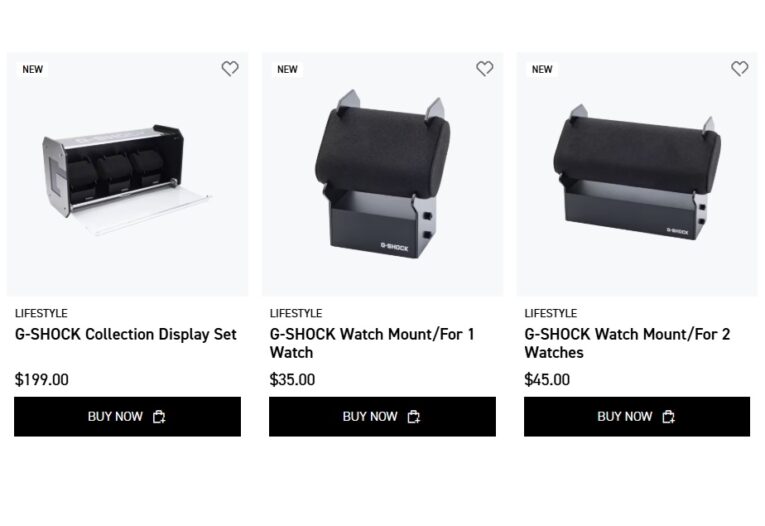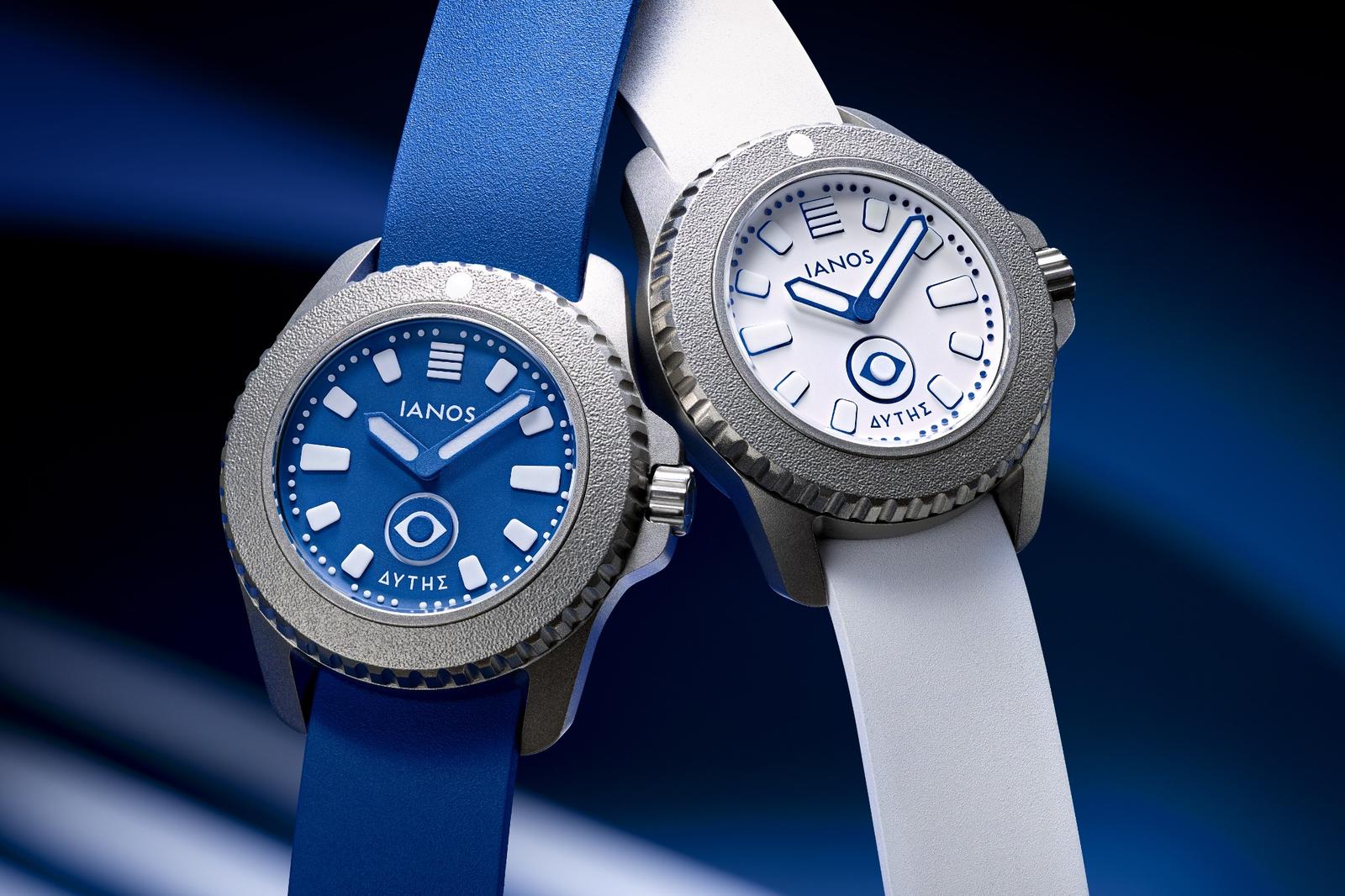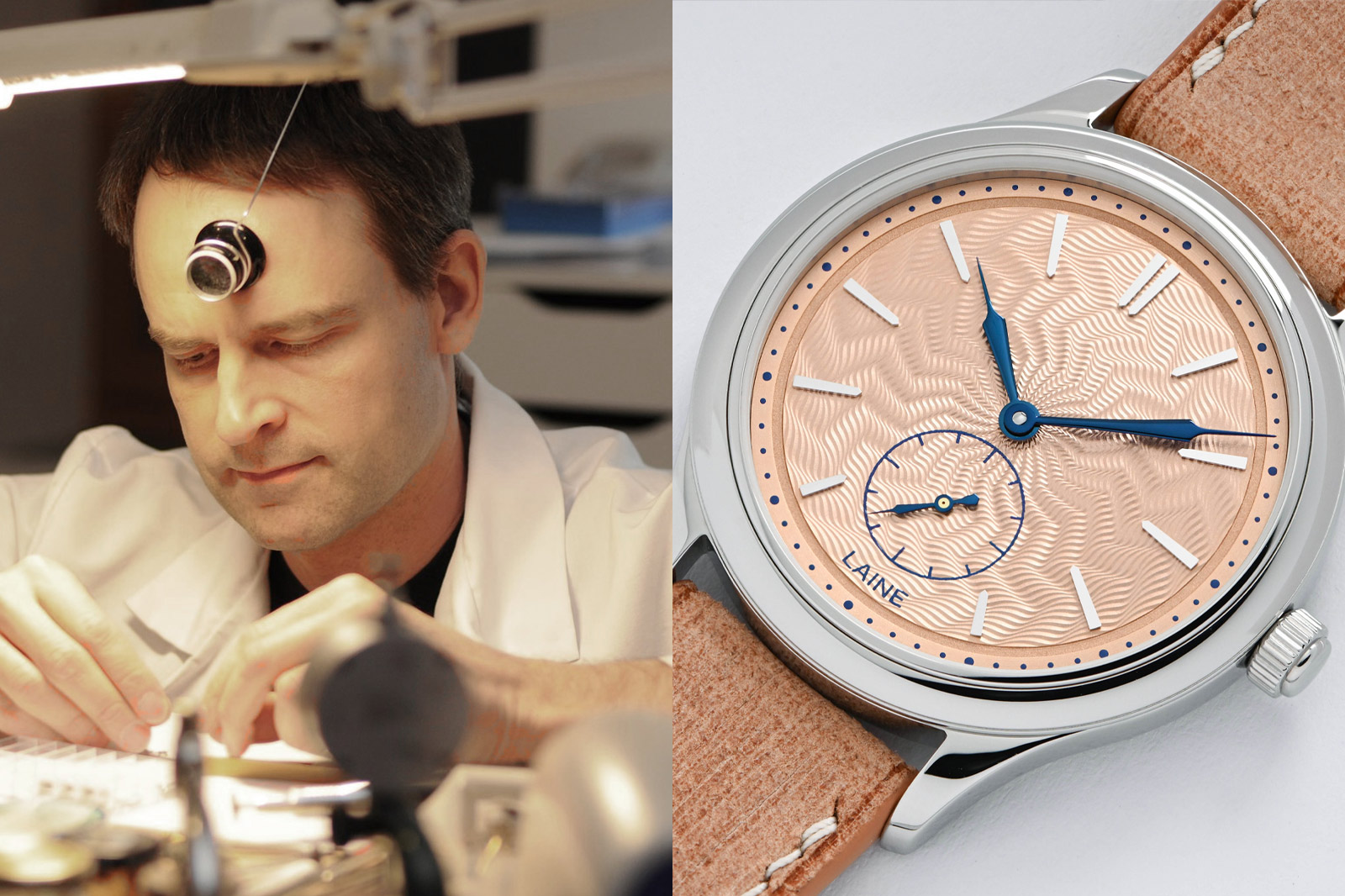


We all in our heads have that perfect image of a lone watchmaker, sitting at a bench day in, day out building immaculate timepieces. If that image comes complete with a snowy Alpine chalet, more power to you, but either way it’s a timeless image and most of the time complete fiction. The vast majority of respected brands work with what are basically assembly lines with a few more steps, and even niche independents named for individual watchmakers have stables of horologists waiting in the wings. That ideal of a single, skilled artisan is not how 99.9% of watchmaking happens. Laine just so happens to be part of that .1%.
Presiding over a scenic townhouse workshop in Le Locle, Torsti Laine may at first seem like a bit of a recluse. The Finnish watchmaker has very little presence outside of a website and the kind of breathless word-of-mouth that drives other collectors into a quiet frenzy. That’s the point. They’re the kind of watches that you hope your friends don’t find out about so that you can be the only one in the know.
Still, word always gets out and if there’s one thing Laine is known for, it’s guilloche – and with his latest P37 model, he’s giving Kari Voutilainen a run for his money on that front.

GG3
Guilloche has always been at the heart of Laine’s particular breed of watchmaking. Both the manual-wind GG3 and automatic V38 models showcase three different engine-turned finishes on each dial, ranging from clous de Paris to barleycorn to more abstract waves of delicate engraving. They’re painfully beautiful, with each finish separated and distinct from the others. But I know what you’re thinking: they’re quite a lot. Sometimes – just sometimes – you want something a little more pared-back, which in the case of the GG and V38 series, is most things.
That brings us back to the P37. Rather than a triumvirate of finishes that define Laine’s historical watches, the P37 takes a more minimal approach, stripping back to just one guilloche in set pattern/colour variations. And the range is spectacular.

P37 Salmon Spider
To quickly run through the options (simple words can’t do them justice after all), first is the salmon spider. The pattern’s usually called ‘lightning’, but ‘spider’ is what most of Laine’s buyers have called it and the name’s stuck, here with straight bar indexes. Then we have the medium-hued ocean blue with a more geometric diamond pattern with a mix of numerals and dot indexes. If you want a watch to pair with a sharp suit, this is the one for you.
Sky blue’s next with a lovely twill pattern to suit a bespoke shirt, with the same mix of numerals and dots as the ocean blue. Then we have a triple grain of rice pattern in a silver bordering white in its brightness, with full blued steel numerals. This is ostensibly the simplest of the quintet but the one that I imagine anyone reading this would be happy to have on their wrist.

P37 Sky Blue Twill
That just leaves one variation and the one that I’d argue is the most ‘Laine’: the Murasaki Flame. Murasaki is a traditional purple dye in Japan and the colour here is downright magnificent. Even at a time when purple is becoming more mainstream (even if it’s not quite there yet) this stands out as one of the finest around. Part of that is the specific royal colour, but more of it is in the unusual flame guilloche. This is the one that sums up why Laine is a watchmaker you should know, a blend of eye-catching colour and breathtaking finishing. And, of course, the movement.

P37 Murasaki Flame
Laine as a watchmaker doesn’t build movements from the ground-up. Instead, he takes the geartrain of classic movements and turns them into works of art. In the case of the P37, that base movement is the Peseux 7001, but unless you happen to recognise the overall structure, it’s unrecognisable, with a rose gold, guilloche two-thirds bridge and a black polished balance among other things. Sure, the specs aren’t as good as some modern movements – a 3hz frequency and 42-hour, manually-wound power reserve – but that’s not the point. The P37 is a work of watchmaking art and the movement is Laine’s final flourish.

P37 Movement
The reason for this particular movement however is obvious when you have the watch on your wrist. Where previously Laine has used larger pocket watch movements, the P37 measures in at 37mm across (hence the name) and just 8mm high. It slips perfectly under a sleeve and still gives its single, singular guilloche room to breathe.
Best of all, the P37 will set you back CHF 9,900 – just over £9,100 – which isn’t just a fantastic entry level to Laine, but also to this echelon of fine watchmaking. And keeping that dream of the solo artisan watchmaker alive? Priceless.
Price and Specs:
Model:
Laine
P37
Case:
37mm
diameter × 8mm thickness, polished stainless steel, double domed sapphire crystal front and flat sapphire crystal back with AR coating
Dial:
Five
versions: Salmon Spider (lightning guilloche, heat blued steel hands), Ocean Blue diamond (white gold numerals, hand-cut diamond pattern), Sky blue Twill (white gold numerals, twill pattern), Murasaki Flame (white gold numerals, modified flame pattern), Silver Grain (blued numerals, inversed triple grain du riz pattern)
Water resistance:
50m
(5 bar)
Movement:
Laine
calibre based on Peseux 7001 gear train, with in-house bridges, manual winding
Frequency:
21,600
vph (3 Hz)
Power reserve:
42h
Functions:
Hours,
minutes, seconds
Strap:
Natural
Babele, dark blue Ostrich, light blue Ostrich, gray Babele, or blue Babele
Price:
CHF
9,900 (approx. £8,600), limited to 99 pieces
More details at Laine Watches.
Oracle Time







